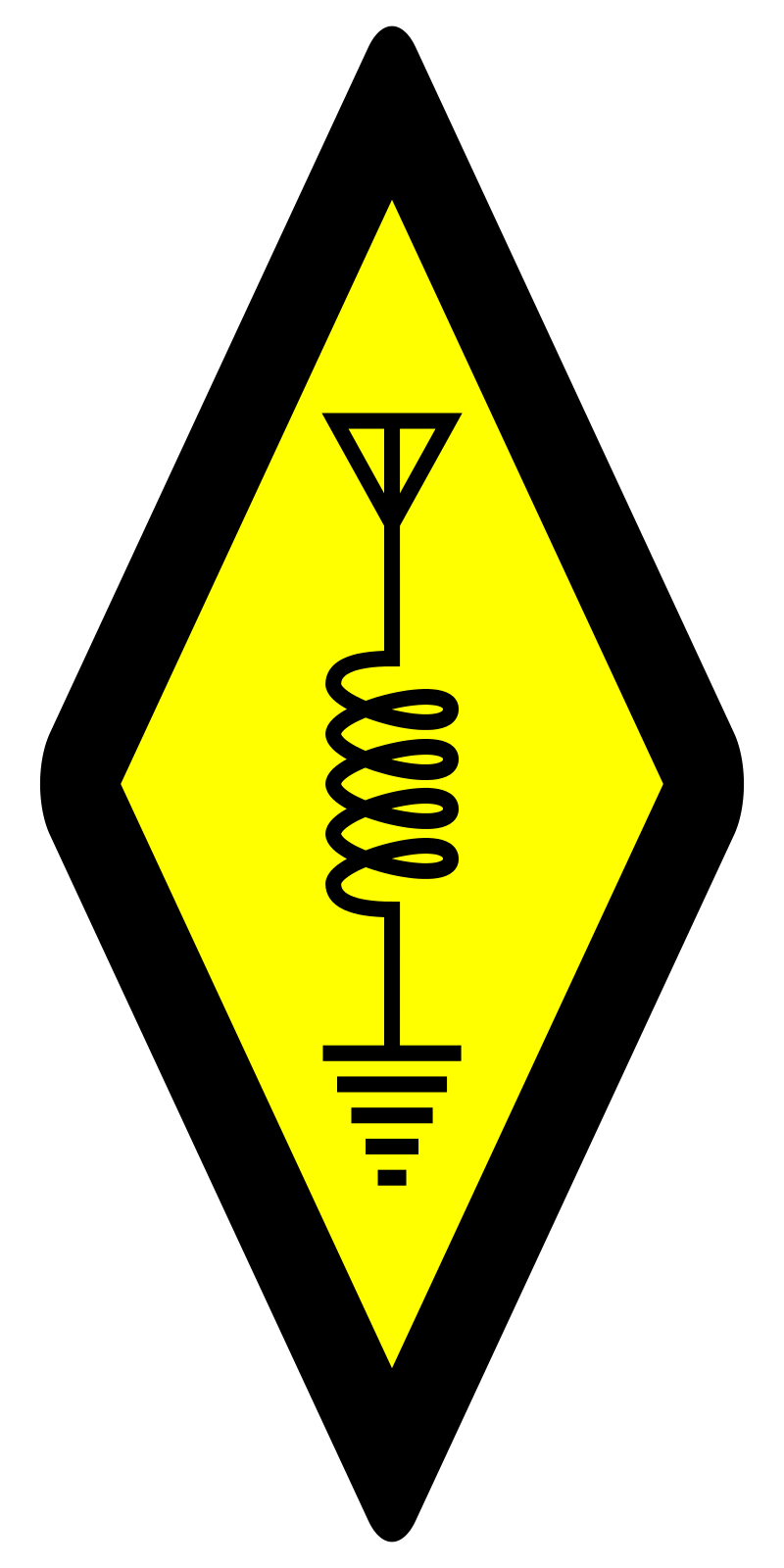

The separation between software and hardware is not nearly as distinct as your comment suggests. Beyond (sometimes replaceable) firmware there’s microcode and embedded systems with their own software inside modules like the modem that allows your phone to actually talk to the network.








Which tutorial were you following?
Which version of Ubuntu are you using?